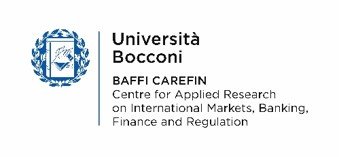

Webex

The gold price has over recent months reached new record highs. Among investors, gold appears to have gained attractiveness as an investment class. What are the reasons? Is this trend here to stay or just temporary, what are possible side effects, are rising demand and the elevated valuations of gold sustainable? What are policy implications? To shed light on these questions, this e-conference addresses the following questions:
Scientific coordination: Fabian Eser, ECB and SUERF, Ernest Gnan, OeNB and SUERF
The strategic case for gold, recent market developments and outlook for gold
John Reade, Chief Market Strategist, World Gold Council Presentation (pdf)Drivers of the gold market - implications for price trends and outlook
James Steel, Chief Precious Metals Analyst, HSBC Securities (USA) Inc Presentation (pdf)Recent and longer-term developments in the gold market: a central banking perspective
Benoit Gilson, Head of Foreign Exchange and Gold, BISGold from an investor’s perspective
Andrew Matthews, Global Head of Precious Metals Distribution, UBS Presentation (pdf)Gold equity funds
Thomas Holl, Director, Natural Resources, BlackRock